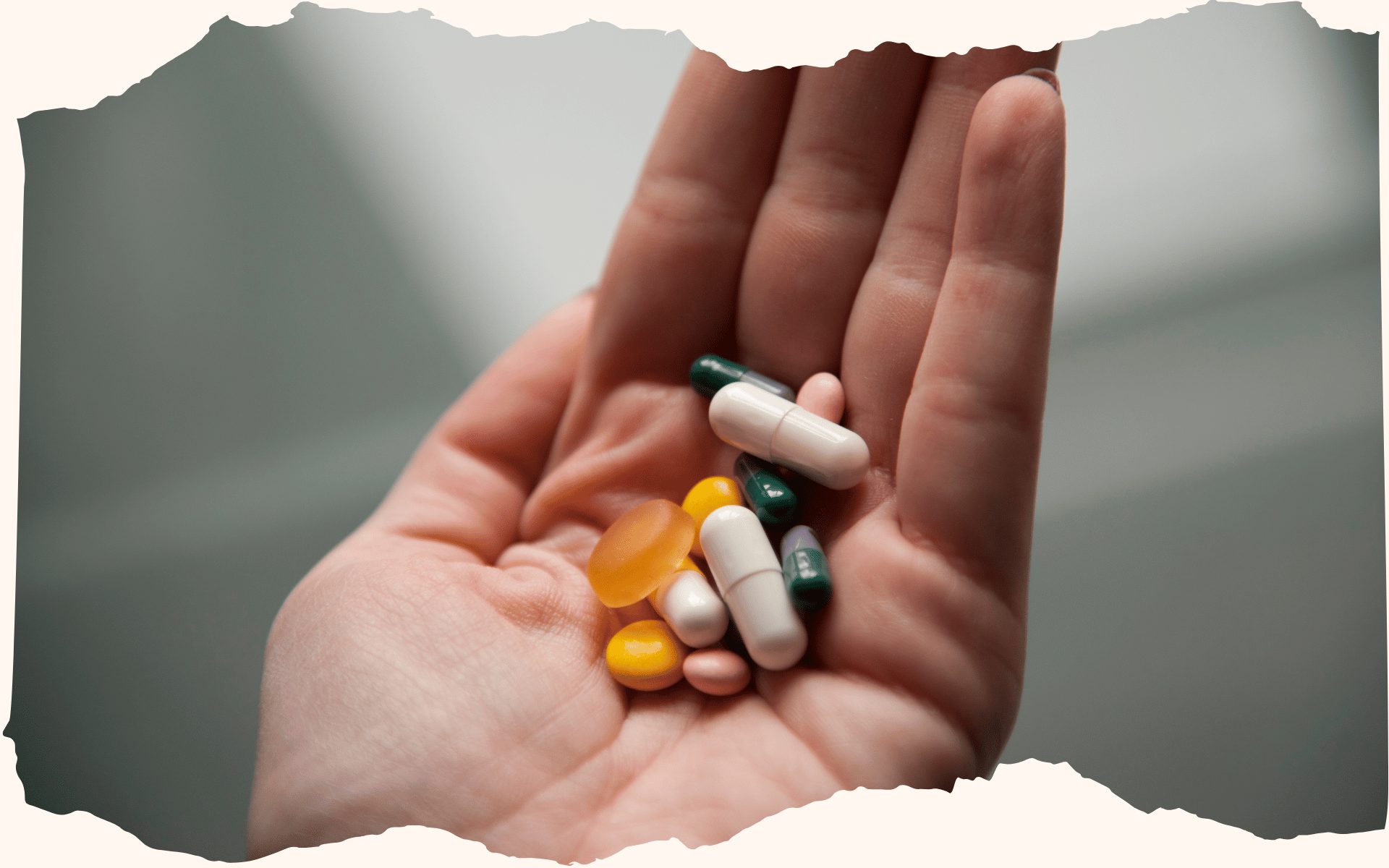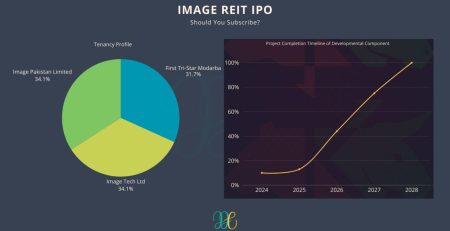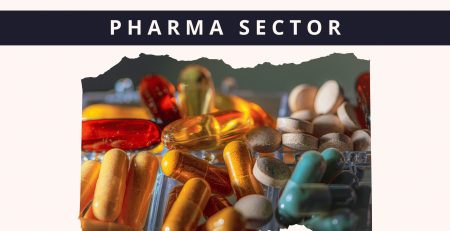Exploring Pakistan’s Pharma Export Potential
The local pharmaceutical industry in Pakistan is currently facing severe demand-related challenges, following pricing deregulation in 2024. Implemented by the Drug Regulatory Authority of Pakistan (DRAP), deregulation policy has forced a slowdown in consumer demand for medicines. As discussed in an earlier article on Pharma’s meager volumetric growth, this situation arose due to substantial price hikes for many of the essential drugs, making them unaffordable for end consumers.
There are talks of cartelization emerging within the pharma landscape in Pakistan, as the deregulation policy seems to have backfired. Rationale presented by the manufacturers is that they face high costs of operations and cannot sustain without such price raises. A significant component of these operational costs is the sourcing of active pharmaceutical ingredients (APIs).
📢 Announcement: We're on WhatsApp – Join Us There!
At present, local manufacturers have to rely on high-cost imports for the procurement of APIs, which also face variable import duties ranging from 0% to 11%. Hence, manufacturers are left with no choice other than to pass on the costs to end consumers who drive medicine demand. This enables companies to maintain their margins at sustainable levels.
Government Support to Address Structural Challenges
Incentives from government authorities hold the key to making the country’s pharma industry more globally competitive. Lowering the slabs on API imports could be a preliminary option to consider.
However, the government also continues to acknowledge the significance of the localization of APIs. Local production of key inputs for drug manufacturing would significantly bring down the operational costs for industry players. Hence, this could be an integral move towards expanding volumetric sales of the pharma industry.
On that front, many pharma manufacturers covering several therapeutic classes are exploring local substitutes for API sourcing. Keeping quality and compliance in check, they want to curtail their existing reliance on imports that have been squeezing their operational margins.
Don't miss:
- Which cars are driving the rally in auto stocks?
- 5 High ROE stocks according to Topline Securities
- Why TPLP could go higher.
An equally important step in such a scenario is the allocation of capital towards biotech research & development. This requires well-coordinated efforts by the government authorities and industry players, who could ensure such allocation remains optimal and adds value to the drug manufacturing process.
Highest Export Growth Since 2009
Despite the above-mentioned structural challenges related to operational costs and weak consumer spending power, the sector continues to spark investor interest. A key factor driving such interest is the sector’s export potential, which, at large, seems untapped.
As per official figures from Pakistan Pharmaceutical Manufacturers’ Association (PPMA), the country’s pharma exports had grown by 34% during the recent fiscal year ending June 2025. Industry exports were in excess of $450 million for the given period, compared to $341 million in FY24. Such growth has been unprecedented for the industry in almost 2 decades, placing it within the top five fastest-growing export segments.
What is more interesting is that the overall healthcare exports stood at $909 million, if we add surgical equipment, food supplements, medical devices, and nutraceuticals into the equation. A slight shortfall from the $1 billion club clearly reflects on the product quality and international demand for locally manufactured healthcare offerings.
For local pharma manufacturers, these figures represent only 5-7% of overall revenues, which is enough to emphasize the potential for further export growth.
Expanding Global Outreach
Pakistan is currently amongst the top 60 pharma exporters in the world, with destinations including Afghanistan, Cambodia, Iraq, the Philippines, Sri Lanka, Uzbekistan, and the West African region. Many individual manufacturers have categorically expressed their interest to enter into new markets, strongly positioning themselves for growth on an international scale.
Genome Pharmaceuticals, which is based in Hattar Industrial Estate in KPK province, plans to expand into the Commonwealth of Independent States (CIS) countries in the foreseeable future. Similarly, Sayyed Pharmaceuticals has paved its way into new markets across Asia and Africa, including countries such as Burundi, Sierra Leone, and Kenya. This comes on the back of increased demand for their superior product quality.
Haleon Pakistan has also shown its commitment to expand into 19 new countries over the next 2 years, a move aimed at increasing the export share to 10% of the overall topline.
Final Word
Pharma manufacturers in Pakistan continue to receive acknowledgement for product quality, which has generated demand from many new regions. This offers opportunities for local companies to establish their footprint in new international markets. With many companies exploring local avenues for procurement of APIs, Pakistani manufacturers could utilize their low-cost basis to gain a pricing advantage over other exporting countries.
Besides that, there could be potential opportunities within specific product categories, as major global pharma exporters shift focus towards other areas. Muryum Palekar, an analyst at Optimus Capital Management, emphasized opportunities for Pakistan’s pharma sector within the generics category. She highlighted how major exporters such as India and China are extending more of their efforts towards R&D, which could create a gap in the market, especially within the middle-income countries.
With recovery in margins for major players in 2024, increasing the share of exports in overall sales could offer further upside potential.
⚠️ This post reflects the author’s personal opinion and is for informational purposes only. It does not constitute financial advice. Investing involves risk and should be done independently. Read full disclaimer →













Comments (2)
[…] my article on Pakistan’s Pharma Export Potential, I shed light on country’s pharma exports that recorded the highest growth in 2 decades at 34%. I […]
[…] my previous article on Pakistan pharma export potential, I highlighted the need for local players to explore untapped international markets. FY25 saw a […]